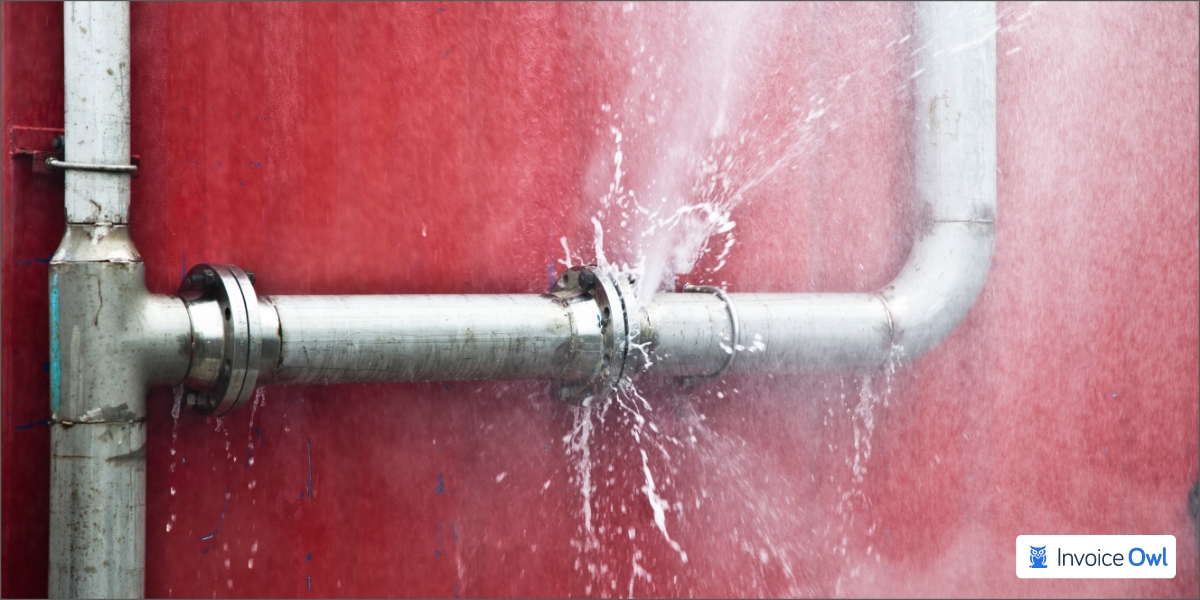What Plumbing is Transforming: Developments and Innovations
What Plumbing is Transforming: Developments and Innovations
Blog Article
We've stumbled upon this great article about Innovative Plumbing Trends Transforming Construction directly below on the internet and thought it made sense to discuss it with you here.

Intro
The pipes industry is going through a transformative phase driven by technical innovations and expanding concerns for sustainability and performance. This post checks out emerging trends and innovations shaping the future of pipes.
Regulatory Landscape
Governing frameworks play a crucial function fit the fostering of plumbing technologies, with criteria and codes controling whatever from water efficiency to item safety and security. As modern technologies continue to develop, regulatory bodies have to adjust to guarantee consumer protection and environmental stewardship.
Future Overview
The future of pipes is defined by proceeded innovation and assimilation with other markets such as IoT, renewable resource, and structure automation. By accepting sustainable methods, leveraging emerging modern technologies, and prioritizing user-centric style, the plumbing market is positioned to deal with the advancing needs of culture while lessening its environmental impact.
Increased Truth in Pipes
Enhanced Reality (AR) innovation is reinventing pipes by giving service technicians with real-time visual support for fixing and repair tasks. AR-enabled smart glasses or mobile applications overlay digital details onto the physical setting, assisting plumbings picture pipeline layouts, recognize concealed leakages, and carry out repairs with accuracy.
Effect of 3D Printing
The arrival of 3D printing has actually introduced new opportunities in producing plumbing components. From custom-made fixtures to detailed pipeline installations, 3D printing enables quick prototyping and on-demand manufacturing, decreasing lead times and allowing better modification in plumbing design.
Health and Safety Qualities
In reaction to increased concerns for health and safety, plumbing components are integrating functions such as antimicrobial surfaces, touchless operation, and self-cleaning mechanisms. These developments not just boost health yet also advertise individual convenience and benefit.
Hygiene-focused Components
Touchless taps, self-sanitizing toilets, and antimicrobial surface areas are becoming increasingly prevalent in property and commercial setups, minimizing the threat of bacterium transmission and advertising a cleaner, healthier setting.
Water Top Quality Surveillance
Advancements in water top quality tracking innovations enable home owners to keep an eye on the purity and safety of their water in real-time. Smart water high quality sensors can spot pollutants, pH degrees, and temperature variations, empowering users to take proactive procedures to guarantee water safety.
Remote Plumbing Providers
Remote diagnostics and digital aid are transforming the way plumbing solutions are provided. With video conferencing and remote gain access to technologies, plumbers can fix issues, provide guidance for do it yourself repairs, and even execute remote evaluations, offering higher availability and comfort to home owners.
Obstacles and Opportunities
While plumbing advancements hold tremendous assurance, they additionally present challenges such as information privacy concerns, regulatory compliance, and the requirement for labor force training. Attending to these obstacles needs cooperation in between market stakeholders and regulative bodies to make sure risk-free and liable application of new technologies.
Smart Plumbing Solutions
Incorporating clever modern technology into pipes systems makes it possible for remote monitoring, leak discovery, and automated upkeep. Smart sensing units and IoT (Web of Points) gadgets permit house owners and plumbers to monitor water usage and detect problems in real-time, leading to extra efficient resource monitoring and positive maintenance.
Water Efficiency Solutions
With increasing focus on water preservation, cutting-edge remedies are being created to lessen water wastage in pipes systems. High-efficiency fixtures, greywater recycling systems, and smart watering controllers are amongst the modern technologies helping consumers reduce their water impact while keeping comfort and benefit.
Lasting Materials
The change towards sustainability reaches plumbing materials, with an expanding preference for green options. Eco-friendly piping materials, such as PEX (cross-linked polyethylene) and HDPE (high-density polyethylene), offer sturdiness and resistance to rust without endangering ecological integrity.
Predictive Maintenance
Anticipating upkeep techniques take advantage of information analytics and machine learning algorithms to expect and prevent plumbing concerns prior to they occur. By assessing historic data and efficiency metrics, anticipating maintenance algorithms can determine patterns and anomalies, enabling proactive interventions to stay clear of costly fixings and disruptions.
Verdict
To conclude, the future of plumbing is defined by a convergence of technology, sustainability, and user-centric design. By embracing smart services, lasting materials, and aggressive maintenance techniques, the plumbing industry can enhance performance, promote safety and security, and add to an extra sustainable future.
Plumbing Industry Trends You Need To Know
Smart technology in plumbing
Homeowners want to be able to manage their homes from their phones. The technology exists to make that happen. From smart toilets to leak detector devices, the whole plumbing system can be managed on an interconnected network made up of sensors, IoT devices, and machine learning algorithms.
This allows for wireless control to turn appliances on and off, automate routines, and access advanced monitoring to track water usage and flag potential issues. Smart technology streamlines water consumption, maintenance and energy usage, creating a more efficient system.
Green plumbing
The data analysis possible with smart technology not only improves convenience and cost-effectiveness but also fulfills a high-priority customer desire – sustainability. Consumers are very aware of their impact on the planet and want plumbing solutions to reduce damage and support sustainability. Eco-friendly plumbing solutions are already starting to emerge.
Customers can opt for low-flow toilets, water-saving faucets, and connections to sustainable energy sources. Beyond monitoring water consumption, customers can conserve water through the installation of greywater systems. This is a system that collects water that has been used but is still clean enough for some household uses such as toilet flushing.
Shorter product pipeline
To keep up with modern plumbing, plumbers need modern tools that enable them to complete jobs more efficiently. One technology making strides in this area is 3D printing. By 3D printing key plumbing fixtures, plumbers can reduce wait times even for specialized fixtures. It minimizes delays often seen in traditional manufacturing that frustrate customers and prevent plumbers from taking on more work.
Off-site repairs
Augmented reality is making a splash in many industries including plumbing. Plumbers can map a building online so they can explore the plumbing system through augmented reality, identifying areas of maintenance and repair completely digitally. This technology can be applied quite widely in plumbers’ work including planning installations and training new recruits. It’s safer, smarter and more efficient.
Low-footprint materials
Another way for plumbing companies to reduce their environmental footprint and meet the customer demand for sustainability is by using recycled materials in their work. The products they source and manufacture such as pipes, fixtures and faucets can be made from recycled materials. This saves the planet while being just as effective.
Onsite water purification
Additionally, plumbing companies can be advocates of water conservation and ease the financial and environmental concerns of customers by offering water purification systems. New water purification technology such as reverse osmosis systems and UV systems make it possible for homeowners and business owners to thoroughly cleanse water, removing contaminants onsite. This means the water can be safely reused in more ways than greywater can be, establishing a water recycling loop.
Tankless water heaters
Another innovation of modern plumbing is tankless water heaters. The idea is that the water is heated on demand as it runs through the system instead of being heated in a water tank. This is more energy efficient and therefore cost-effective and eco-friendly because water isn’t heated needlessly.

I'm very focused on The Future Of Plumbing: Trends And Technologies To Watch and I'm hoping you liked the new article. In case you enjoyed our blog entry kindly don't forget to share it. Thanks a lot for being here. Return soon.
Schedule An Appointment Report this page